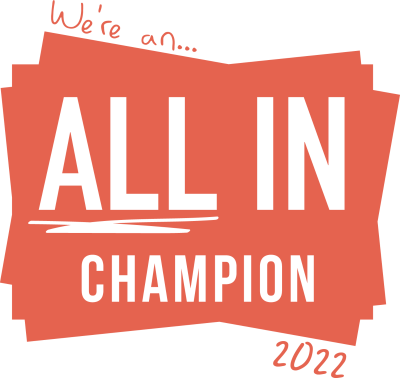Cutting through the AI noise, Peter Moody in New Digital Age
As reported in New Digital Age:
AI has reached a tipping point. It’s all anybody wants to talk about; how can we use it to be faster, better, bigger?
The frenzy has agencies obsessed with being perceived as the first to utilise AI in the best ways. Our trade press is filled with hastily thrown together stories from holding companies looking to grab a headline and position themselves as experts.
I get it. AI is having its day in the sun. Every journalist is writing about it and every client is asking about it. But the reality is, AI isn’t new. Agencies have been using it for years.
Certainly, at MullenLowe and across Interpublic Group (IPG), we’ve been looking at how machine learning can help us to understand audiences and create effective advertising for quite a long time. Ignoring that context and chasing headlines is a distraction that is frankly hampering progress and holding back meaningful innovation in the space.
The PR puff pieces about holding companies striking AI partnerships with individual tech companies are the perfect example of where we’re going wrong as an industry. It’s all utter crap. None of these relationships are exclusive and, underneath all the PR spiel, there’s nothing in these announcements which actually differentiates those businesses.
In any case, exclusive relationships aren’t the way to lead innovation in AI. Different vendors have different capabilities and expertise, so any rational agency should be focused on embracing a multi-vendor engagement model.
For example, when we want to use generative AI to create content, we turn to the most appropriate solution and build it into our workflows. This can include, but isn’t subject to, the likes of Adobe and Nvidia through to Google and Salesforce – it is all about making the most strategic selection.
With most of those vendors we have pilot development programmes in place, which are absolutely key to driving innovation. Through those programmes we pitch pilot ideas to the vendor which they might want to co-create with us, covering everything from creative content and strategy and insight generation, to human-like chatbots and software code generation.
Value-driven innovation
But this doesn’t mean pursuing innovation for innovation’s sake. In this industry you see a lot of businesses jump on the latest technology (NFTs, Bitcoin, AR – you name it) to create a shiny new thing for a brand, which ultimately only generates vanity metrics. They create something without any real idea of how it might be applied effectively, wasting everyone’s time and money.
We like to say that positive change comes from taking a positively dissatisfied attitude – to never be complacent and always strive for better. Innovations which are purely about vanity metrics and PR headlines are something which I certainly feel positively dissatisfied by.
My goal is to instead help create value-driven innovations which have positive impacts for both businesses and people at scale. We start by framing the business commercial problem, concept how the technology will help a brand build value, and then move fast to bring a prototype to market.
Back in 2016, one of our biggest campaigns of the year was ‘Love At First Taste’ for Knorr, which saw us partner with IBM’s Watson – one of the first accessible AI platforms – to create a tool which would determine a user’s flavour personality. It was the 2nd most viewed ad on YouTube in 2016, the impression stats were off the charts, and one of the couples even found love.
Continuing the love theme – in 2019 we built two AI chatbots to see if they could fall in love in a campaign for Unilever’s Closeup Toothpaste. Later that year we created an AI whisky selector for Diageo, and in 2021 we partnered with Google on an AI lip sync challenge for Magnum. This tech has been enabling creativity for a long time.
What’s different about AI when compared to some of the over-hyped technologies of the past is it presents a real opportunity to drive positive change not just in terms of output, but also in how things are created and implemented.
But it’s not all just about the tech. AI must be matched with human expertise to be truly impactful. Fortunately for us at MullenLowe, being human-first is in our agency’s DNA.
IPG’s CEO Philippe Krakowsky said it best at Cannes Lions this year. While AI has huge potential to transform media and advertising and unlock real value for brands, it can only do so when guided by a human hand. At the same time, AI can free up our people so they can focus on their clients’ bigger marketing challenges.
We also need to consider how we navigate AI’s impact on human issues, from bias and misinformation to inclusive research and design, media integrity to transparency and safety.
That’s why earlier this year IPG became the first global advertising company to join the Partnership on AI to Benefit People and Society, a nonprofit partnership which works to advance responsible governance and best practices in AI. The partnership will help us to make equity and humanity a priority as we continue to adopt these new technologies, maintaining that human-first focus at all times.
Putting the media frenzy aside, it is true that AI is set to revolutionise our sector. That’s incredibly exciting.
But to have a long-lasting impact, agencies must revise their approaches. Combining multi-vendor models and pilot development programmes with a human-first and positively dissatisfied attitude is going to be key to that.
AI is important. It’s not a trend that’s going to come and go. So, it’s time for agencies and their holding companies to stop chasing vanity metrics and column inches and to refocus their energies on driving real innovation instead.
